Have you ever wondered why some foods that are commonplace in the United States are banned in other countries? It’s fascinating how food safety regulations vary around the world, reflecting different health, environmental, and ethical priorities. In this blog post, we’ll explore ten foods that you can easily find in American grocery stores but are forbidden in other parts of the globe.
Farm-raised salmon

Farm-raised salmon is a popular choice in the United States due to its affordability and availability. However, countries like Australia and New Zealand have banned it because of concerns over its health implications and environmental impact. Farm-raised salmon are often kept in crowded conditions, leading to the spread of diseases and parasites. To combat these issues, the fish are treated with antibiotics and pesticides, which can accumulate in their flesh and subsequently in humans who consume them. Additionally, farm-raised salmon are fed an unnatural diet, which can result in a lower nutritional quality compared to wild-caught salmon. The farming process also contributes to environmental pollution due to waste products and chemicals entering surrounding waters.
Ractopamine
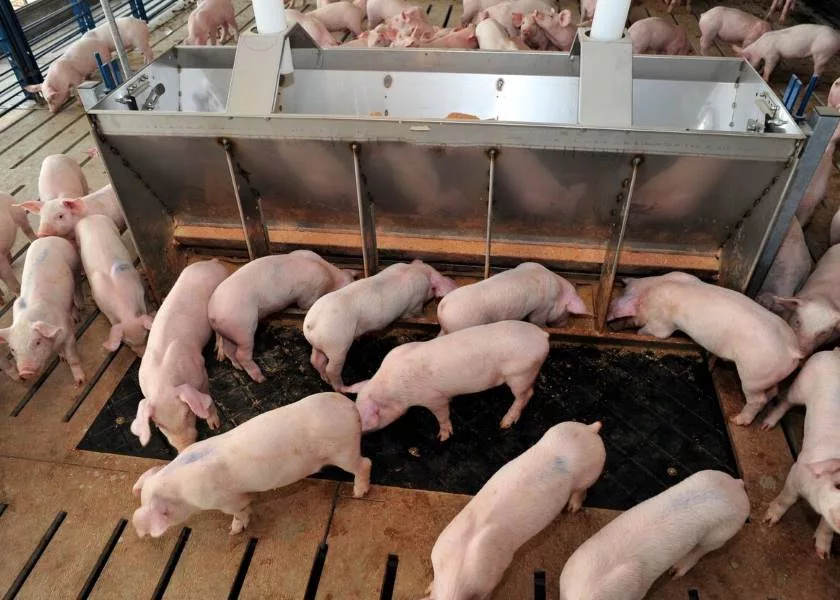
Ractopamine, a feed additive used to promote leanness in pigs, cattle, and turkeys, is banned in over 160 countries, including the European Union, Russia, and China, due to concerns over its effects on human health and animal welfare. Studies have shown that ractopamine can cause hyperactivity, muscle breakdown, and cardiovascular issues in animals. For humans, consumption of ractopamine-treated meat has been linked to potential cardiovascular problems. Despite these concerns, ractopamine is still used in the United States, with an estimated 60-80% of pigs in the country being fed the additive.
Genetically modified papaya
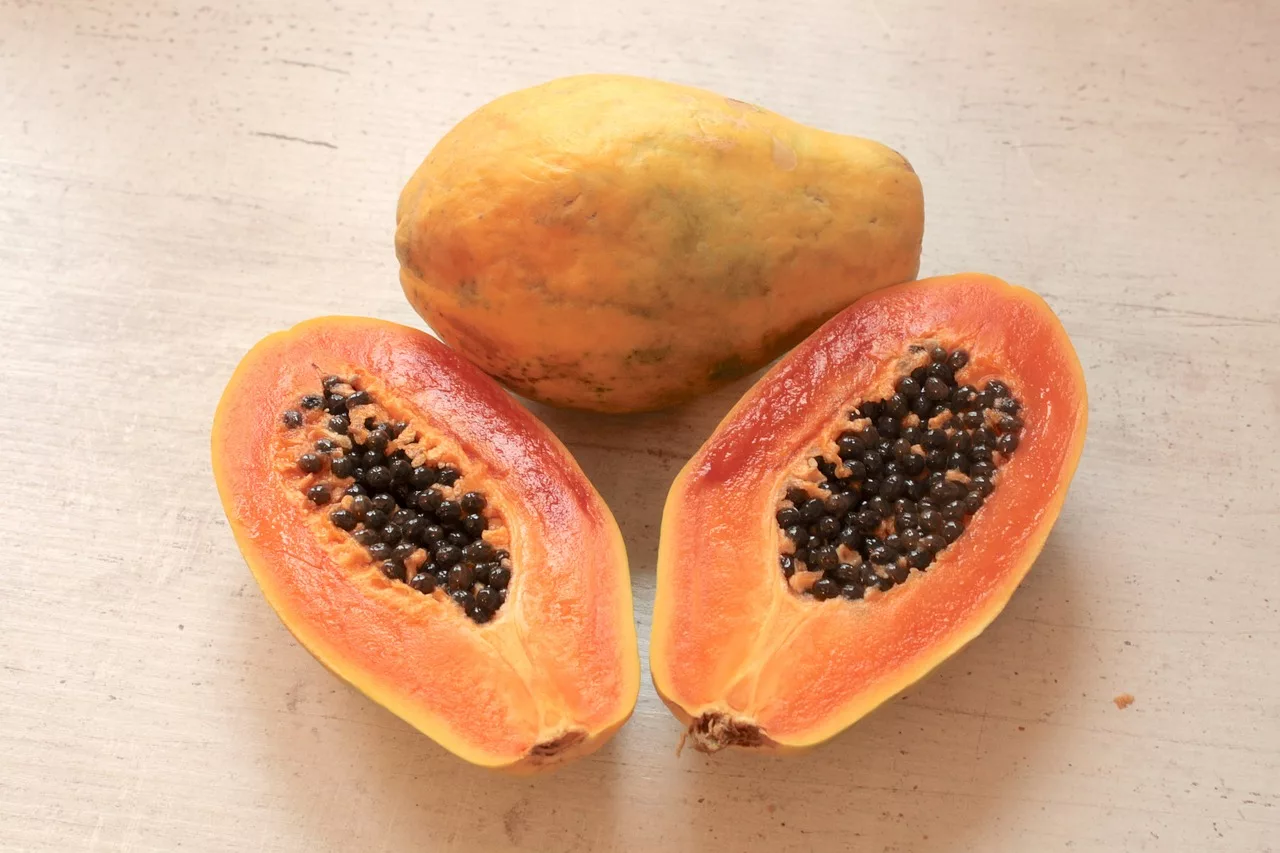
Genetically modified papaya, specifically the Rainbow papaya, was developed to resist the ringspot virus. While it has been a success in preventing crop losses in Hawaii, it is banned in the European Union and other countries due to concerns about the long-term health effects of consuming genetically modified organisms (GMOs). Critics argue that insufficient testing has been done to ensure the safety of GM papaya for human consumption. Additionally, there are environmental concerns about cross-pollination with non-GM crops and the potential loss of biodiversity.
Brominated vegetable oil (BVO)
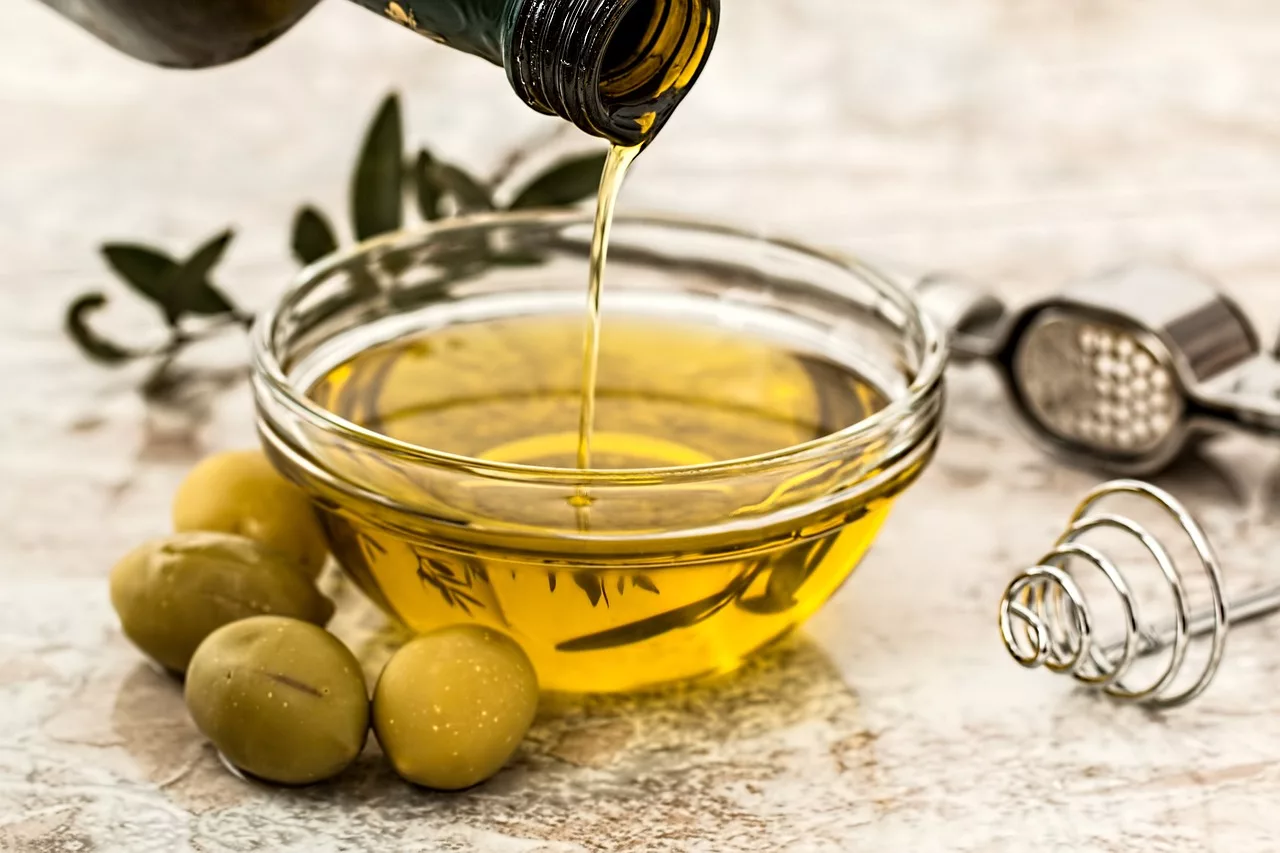
Brominated vegetable oil (BVO) is used in some citrus-flavored soft drinks and sports drinks to keep the flavoring from separating. It contains bromine, which can accumulate in the body and lead to health issues such as skin lesions, memory loss, and nerve problems. The European Union, Japan, and India have banned BVO due to these health concerns. The United States has also seen a growing movement against BVO, with some companies voluntarily removing it from their products in response to consumer pressure.
Olestra
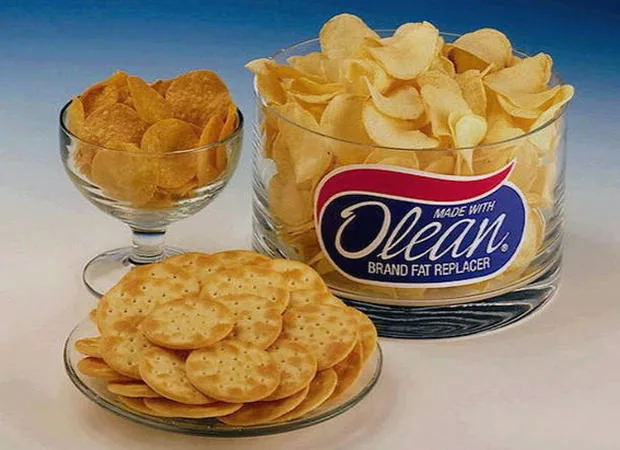
Olestra is a fat substitute used in snack foods to reduce their calorie content. It is banned in Canada and the European Union because it can cause gastrointestinal issues such as cramps and diarrhea. Olestra can also inhibit the absorption of essential vitamins and nutrients, leading to potential deficiencies. In the United States, while still approved by the FDA, Olestra’s popularity has waned, and many manufacturers have stopped using it due to consumer complaints and health concerns.
Potassium bromate

Potassium bromate is used as a flour improver to strengthen dough and promote higher rises in baked goods. It is classified as a possible human carcinogen by the International Agency for Research on Cancer (IARC) and is banned in the European Union, Canada, and several other countries. In the United States, while its use is still allowed, the FDA encourages bakers to voluntarily avoid it and requires that any residual bromate in finished products be below a certain level. Despite these measures, some advocacy groups continue to push for a complete ban.
Azodicarbonamide (ADA)

Azodicarbonamide (ADA) is used as a dough conditioner in bread and as a bleaching agent in flour. It has been banned in the European Union and Australia due to its potential health risks. When heated, ADA breaks down into compounds, including semicarbazide and urethane, which have been shown to cause cancer in laboratory animals. Additionally, ADA is used in the production of foamed plastics, raising concerns about its dual use in food and industrial applications. The FDA maintains that ADA is safe for use in food, but public pressure has led some companies to eliminate it from their products.
Synthetic food dyes
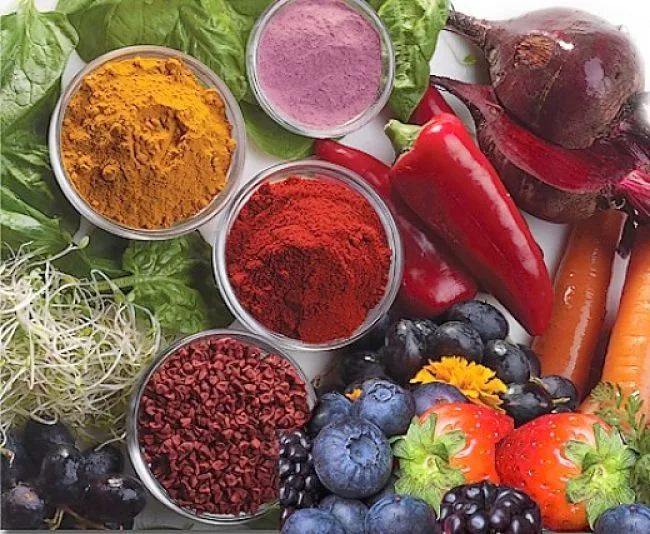
Synthetic food dyes are widely used in the food industry to enhance the appearance of products, but they have been the subject of health concerns and bans in various parts of the world. Research has indicated that synthetic food dyes can cause or exacerbate neurobehavioral problems in some children, such as hyperactivity, inattentiveness, and restlessness. These effects have led to a reevaluation of the safety of these additives. For example, in Europe, foods containing certain synthetic dyes must carry a warning label stating that the dyes may have an adverse effect on activity and attention in children.
Arsenic-based animal drugs
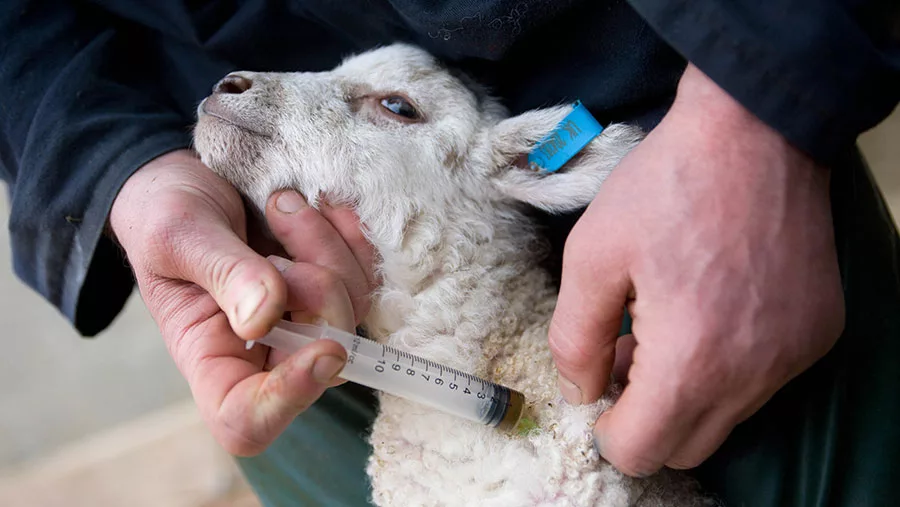
Arsenic-based animal drugs have been used in food animal production, particularly in poultry and swine, but concerns over their safety have led to significant regulatory changes. The use of arsenic in animal feed has been linked to various health risks. Arsenic is a known carcinogen, and its presence in animal feed can lead to the accumulation of arsenic in meat products consumed by humans. Additionally, arsenic can contaminate the environment through animal waste, which can affect water sources and soil quality. In response to these concerns, the FDA has taken action to withdraw approvals for the majority of arsenic-containing compounds used as feed additives for chickens, turkeys, and hogs.
Haggis

While haggis is traditionally a Scottish dish, it’s relevant to note that certain ingredients used in the U.S. version of haggis are banned in other countries. The traditional Scottish recipe for haggis includes sheep’s heart, liver, and lungs, mixed with oatmeal, suet, and seasonings. However, due to regulations in various countries, some of these ingredients are not permitted. In the European Union, for example, the use of sheep’s lungs in food products is prohibited. This means that traditional Scottish haggis, as it’s made in the United States, cannot be sold in the EU. The ban is due to concerns over animal health and food safety standards, which differ between the U.S. and EU.
In conclusion, the global landscape of food safety regulations reflects varying levels of precaution and public health priorities. Foods that are commonplace in the United States can be banned elsewhere due to concerns over health risks, environmental impact, and ethical considerations. As consumers become more aware of these issues, there is growing pressure on regulators and manufacturers to adopt safer and more sustainable practices. By understanding the reasons behind these international bans, consumers can make more informed choices about the foods they consume and advocate for changes that promote better health and environmental stewardship.